
Researchers believe they have found several clumps on Mars left over from giant impacts with “protoplanets” that occurred about 4.5 billion years ago. (Image credit: NASA/JPL-Caltech)
New research suggests that giant impact structures, including potential remnants of ancient “protoplanets,” may be lurking deep beneath the surface of Mars. The mysterious structures, perfectly preserved in the Red Planet's motionless interior for billions of years, may date back to the early days of the solar system.
In a new study published August 28 in the journal Science, scientists analyzed “marsquake” data collected by NASA’s InSight lander, which tracked tremors beneath the surface of Mars from 2018 to 2022, when it failed prematurely due to dust blocking its solar panels. By watching these marsquakes vibrate through the Red Planet’s still mantle, the scientists found several previously unseen clumps of material that were significantly denser than the surrounding material.
Researchers have identified dozens of potential structures up to 2.5 miles (4 km) across at different depths in Mars' mantle, which consists of 960 miles (1,550 km) of solid rock that can reach temperatures of 2,700 degrees Fahrenheit (1,500 degrees Celsius).
You may like
-
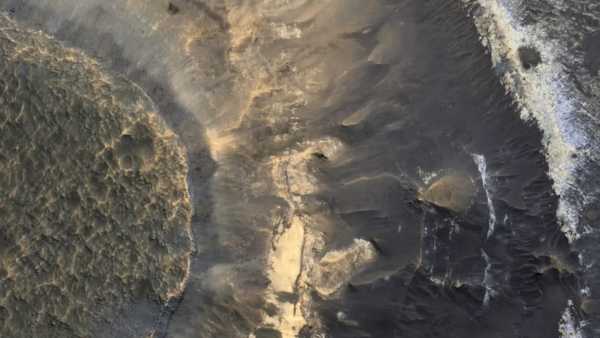
Could signs of life on Mars be hidden in thick layers of clay?
-
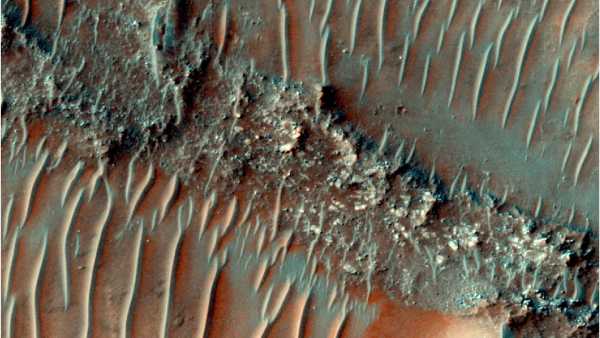
If aliens existed on Mars 3.7 billion years ago, they would have needed umbrellas.
-
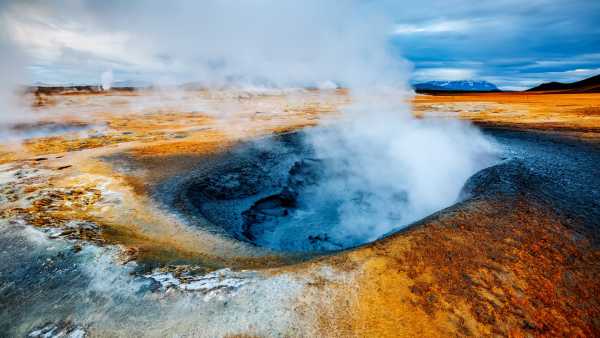
Enormous formations deep beneath the Earth's surface appear to be causing giant volcanic eruptions
“We’ve never seen the interior of a planet in such fine detail and clarity before,” lead study author Constantinos Charalambous, a planetary scientist at Imperial College London, said in a NASA statement. “We’re seeing a mantle strewn with ancient fragments.”
Based on the size and depth of the hidden objects, the researchers believe that these structures were formed by a collision with Mars about 4.5 billion years ago, at the dawn of the solar system. Some of these objects were likely protoplanets — giant rocks that could have turned into full-fledged planets if left alone, the researchers write.
The researchers first noticed the hidden structures when they discovered that some marsquake signals took longer to travel through some parts of the mantle than others. By tracking these signals, they found areas that were denser than the surrounding rock, suggesting that these areas did not have a source there.
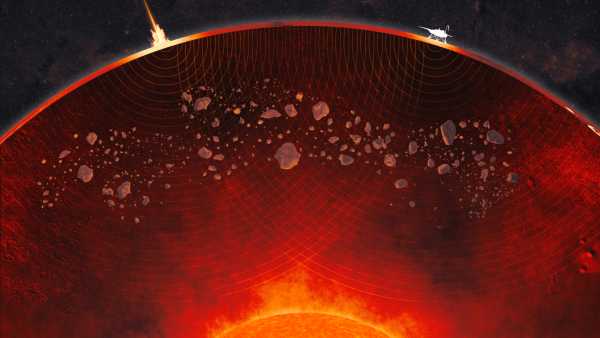
Researchers have identified dozens of impact structures in the mantle of Mars by analyzing how vibrations from marsquakes propagated through the planet's interior.
Mars is a single-plate planet, meaning its crust remains completely intact, unlike Earth, which is divided into tectonic plates. As crustal fragments subduct across plate boundaries, they sink into the mantle, causing molten rock within our planet to rise and fall through convection. However, this does not happen on Mars, meaning the mantle is stationary and does not completely melt.
The newly discovered spots are further evidence that the interior of Mars is much less active than the interior of Earth.
“Their survival to this day tells us that the mantle of Mars evolved slowly over billions of years,” Charalambous said. “On Earth, such features may well have been largely erased.”
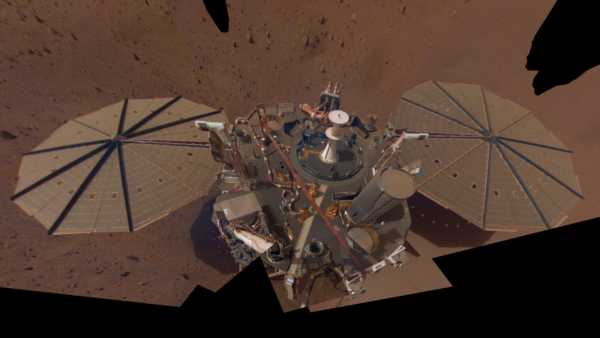
NASA's InSight lander has recorded more than 1,300 Marsquakes on the Red Planet between 2018 and 2022.
Because Mars has no tectonic activity, marsquakes are caused by landslides, rock fractures, or meteorite impacts, which are common on the planet's surface. These tremors have also been used to reveal other hidden features beneath the Red Planet's surface, including a giant subsurface ocean discovered using InSight data last year.
RELATED STORIES
— 'Marsquakes' Could Reveal 50-Year-Old Mystery About the Red Planet
— 'Martian Dog' and Dozens of Other Mysterious Objects Discovered Under Mars' North Pole in New 'Gravity Map'
—The Mars rover took the first close-up photographs of giant “webs” on the Red Planet.
In total, InSight collected data on 1,319 Marsquakes during its nearly four-year mission. However, scientists were still surprised that they were able to map the planet's interior in such detail.
“We knew Mars was a time capsule containing a record of its early formation, but we didn't realise how clearly we would be able to see it with InSight,” said study co-author Tom Pike, a space exploration engineer at Imperial College London.

Harry BakerNavigate Social LinksSenior Staff Writer
Harry is a senior writer for Live Science based in the UK. Before becoming a journalist, he studied marine biology at the University of Exeter. He covers a wide range of topics, including space exploration, planetology, space weather, climate change, animal behaviour and palaeontology. His recent work on solar maximum won the 2024 Aerospace Media Awards in the Best Space Story category and was shortlisted for the 2023 NCTJ Awards for Excellence in the Breaking News category. He also writes Live Science’s weekly series Earth from Space.
You must verify your public display name before commenting.
Please log out and log back in. You will then be prompted to enter a display name.
Exit Read more
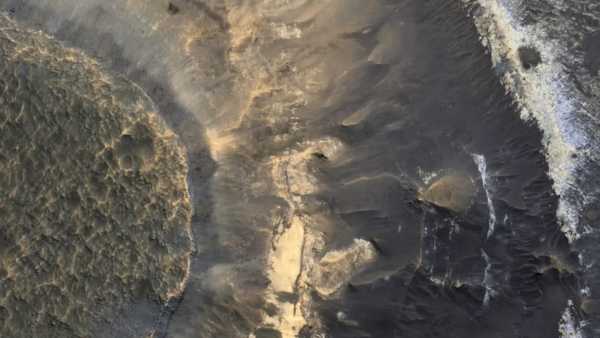
Could signs of life on Mars be hidden in thick layers of clay?
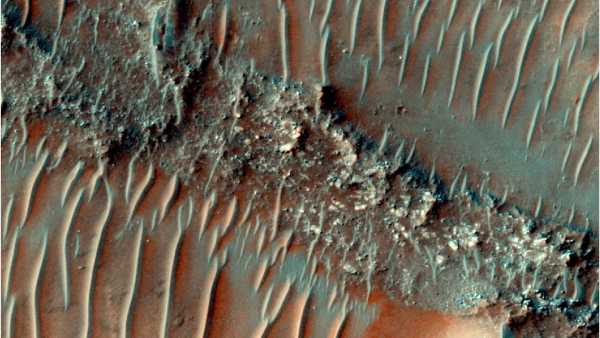
If aliens existed on Mars 3.7 billion years ago, they would have needed umbrellas.
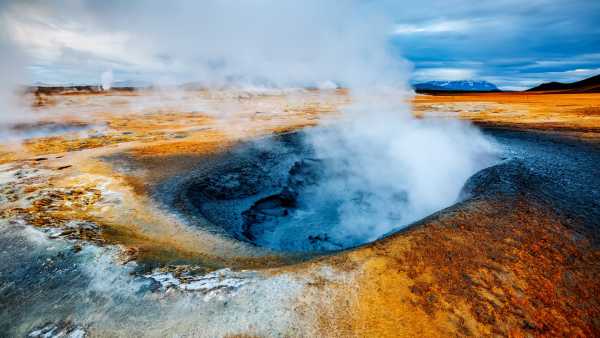
Enormous formations deep beneath the Earth's surface appear to be causing giant volcanic eruptions
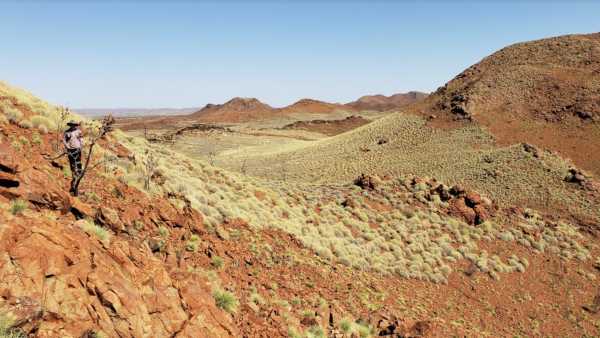
Study raises important questions about Earth's 'oldest' impact crater
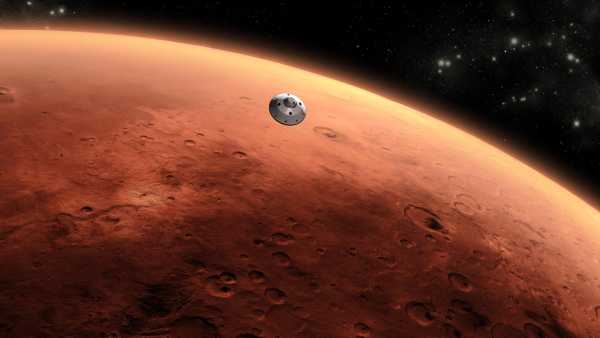
The mystery of Mars's disappearing water may be revealed by the planet's sharp tilt
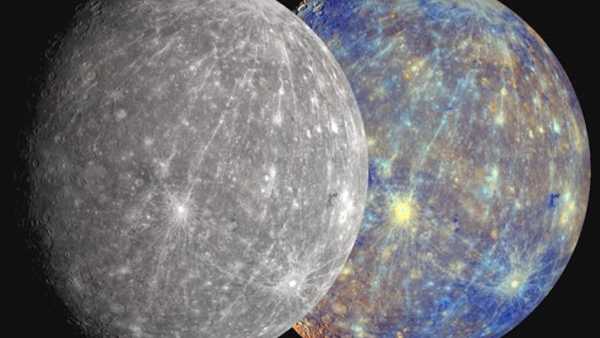
'Missing' Mercury Meteorites May Finally Be Found on Earth. Latest News from Mars.
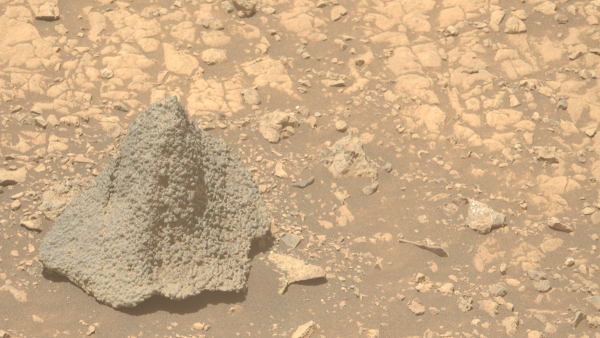
NASA's Perseverance Rover Discovers Mysterious 'Helmet' on Mars
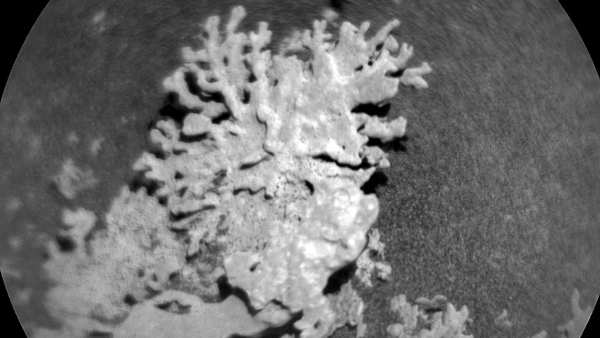
NASA Discovers Billion-Year-Old 'Coral' on Mars
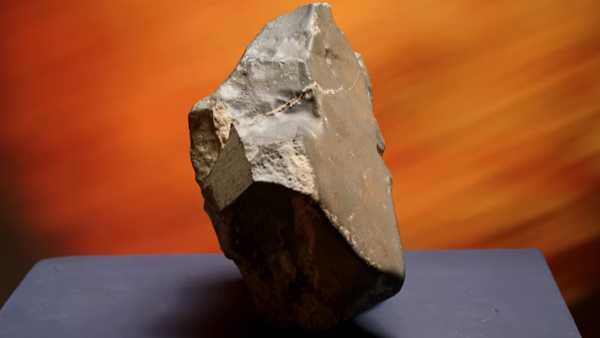
Largest known Martian meteorite on Earth sold at auction for $5.3 million

If aliens existed on Mars 3.7 billion years ago, they would have needed umbrellas.
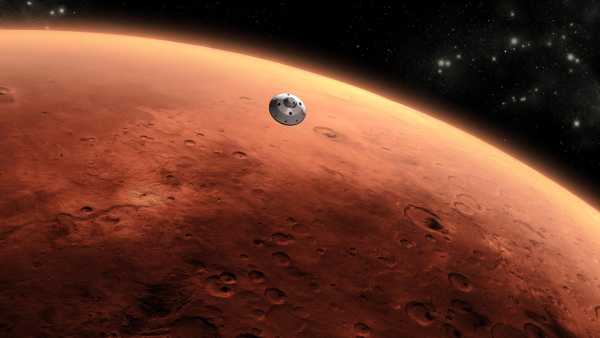
The mystery of Mars's disappearing water may be revealed by the planet's sharp tilt

Could Thick Layers of Clay on Mars Contain Traces of Life? Latest News
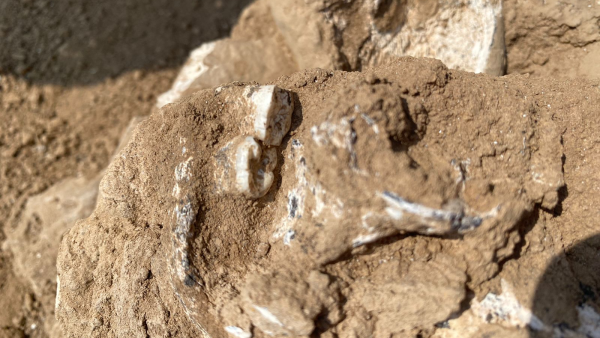
A 1.8-million-year-old human jawbone has been discovered in Georgia. It may be the earliest evidence of Homo erectus.
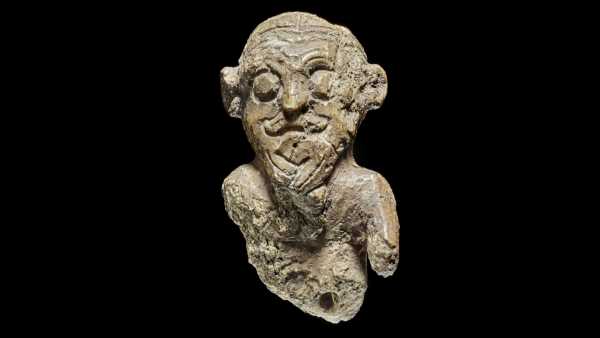
1,000-year-old king figurine with distinctive hairstyle is 'as close to a Viking portrait as you can get'

Dozens of mysterious objects discovered inside Mars may be the remains of 'failed planets'.

See what would happen to Tokyo if Mount Fuji erupted 'without warning' in a new AI-generated video.

'Extremely disturbing': ChatGPT and Gemini answer questions about high-risk suicide, including details on methods.
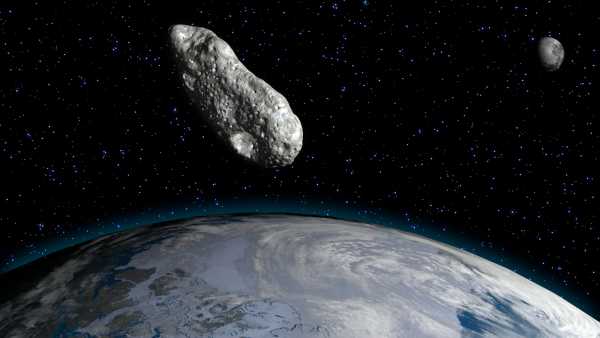
A newly discovered bus-sized asteroid will fly very close to Earth tomorrow and will not return for exactly 100 years. LATEST ARTICLES

1Dozens of mysterious objects discovered inside Mars may be the remains of 'failed planets'.
Live Science is part of Future US Inc., an international media group and leading digital publisher. Visit our corporate website.
- About Us
- Contact Future experts
- Terms and Conditions
- Privacy Policy
- Cookie Policy
- Accessibility Statement
- Advertise with us
- Web Notifications
- Career
- Editorial Standards
- How to present history to us
© Future US, Inc. Full 7th Floor, 130 West 42nd Street, New York, NY 10036.
var dfp_config = { “site_platform”: “vanilla”, “keywords”: “type-news-daily,serversidehawk,videoarticle,van-enable-adviser-
Sourse: www.livescience.com





